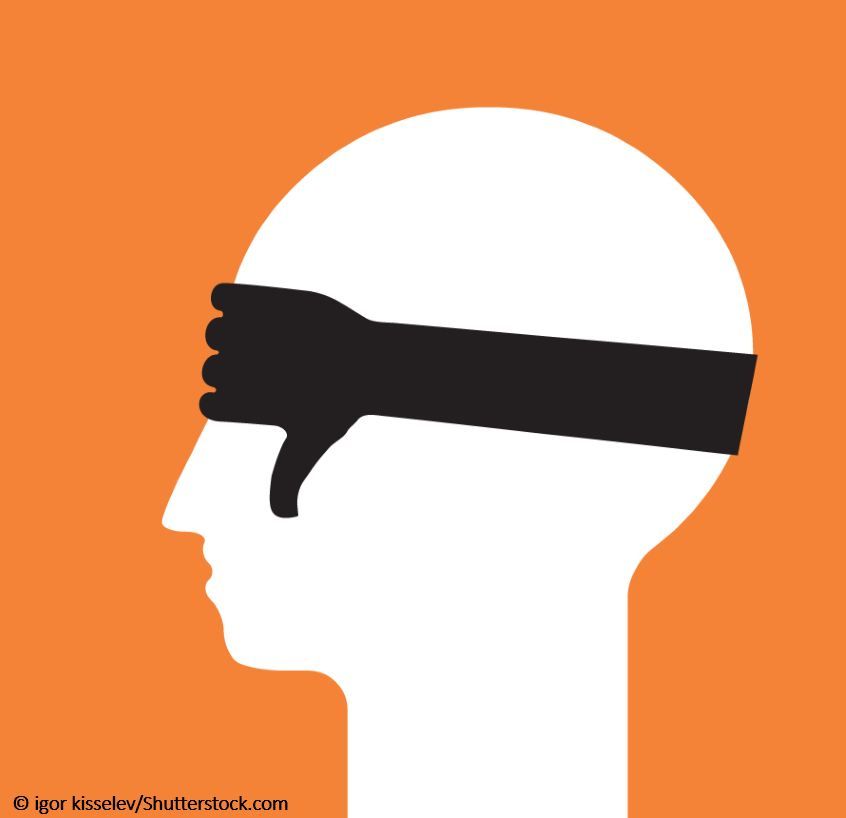Publication
Article
Psychiatric Times
Psychiatry 2013 and DSM-5
Author(s):
Here: a succinct review of some of the potential promises and pitfalls of DSM-5.
Arguably, one of the most important developments in psychiatry in 2013 was the release of DSM-5 in May. This was the first substantial revision to DSM since the introduction of DSM-IV in 1994. DSM-5 is the culmination of several years of meetings of the numerous diagnosis group task forces, and the completion of the DSM-5 field trials that were collectively led by Co-Chairs David Kupfer, MD, and Darrel Regier, MD, MPH.
One of the great promises of the concept of DSM has been to use the latest research evidence to inform clinical approaches to the diagnosis and classification of mental illness. However, as some authors have argued, this promise has not been fulfilled.1,2 At the same time, there have been tremendous advances in our understanding of the neurobiology of the brain in general and of mental illness in particular. And, there has been some progress toward the identification and application of “biomarkers” in the classification of psychiatric disorders, as promulgated by the Research Domain Criteria (RDoC) of the NIMH.3 Here I review some of the potential promises and pitfalls of DSM-5.
One of the hopes for DSM-5 was that it would enhance diagnostic clarity for clinicians and researchers. A key goal of DSM-5 was to create a more dimensional characterization of psychiatric disorders, juxtaposed on the traditional categorical diagnostic classifications. There are several diagnostic groups for which there were few, if any, major changes in diagnostic criteria. These include schizophrenia and mood and anxiety disorders.
However, there were significant changes to other disorders, such as dementia and delirium (now grouped under “neurocognitive” disorders), substance-related disorders (with a new categorization of substance use disorders, and the sun-setting of the diagnostic terms “abuse” and “dependence”), and developmental disorders (eg, for the diagnosis of adult ADHD). For the diagnosis of adult ADHD, the age range for onset of illness in childhood is extended from before age 7 to before age 12, and only 3 instead of the previous minimum of 6 characteristic childhood symptoms are required.
Somatic symptom disorders now include DSM-IV diagnoses of somatization disorder, hypochondriasis, and pain disorders. The penta-axial system of DSM-IV, including major psychiatric disorders (Axis I), personality and developmental dis-orders (coded separately on Axis II), and the related axes for medical issues (Axis III); psychosocial stressors (Axis IV); and Global Assessment of Functioning scores (Axis V), has been eliminated.
The changes have caused some degree of confusion for clinicians, since the need for these changes is not intuitive. In the opinion of some experts, the changes are not well justified.
Moreover, a significant concern arising from DSM-5 is that the thresholds for meeting criteria for many psychiatric disorders (eg, conduct disorder, major depression, substance use disorders) have been relaxed, such that many more people in the community will qualify for these diagnoses. Indeed, one of the goals of DSM-5 was to classify psychopathology on a continuum with normal presentations, which inherently has resulted in over-inclusiveness for diagnosis of psychopathology, or “diagnostic creep.”
Time will tell if such loosening of criteria will lead to significant increases in diagnosis in clinical settings. On the one hand, this may be beneficial because it is clear that a low proportion of people in community settings seek treatment (eg, rates of treatment-seeking for alcohol use disorders may be as low as 10% to 15%).4 On the other hand, the loosening of criteria is potentially problematic because many more people who meet subclinical thresholds for diagnosis may receive unnecessary pharmacological treatments.
While there are both promises and pitfalls with the implementation of DSM-5, time will tell how useful this latest version of DSM will be to busy mental health clinicians in contemporary practice as well as to mental health administrators and researchers. Changes in diagnostic categories in DSM-5 are clearly a work in progress, and more research will be needed to validate the new diagnostic categorizations and to refine the more established ones. This, in fact, is a real strength of DSM’s iterative process over time.
It is also expected that there will be minor revisions of DSM-5 before the launch of the next major revision-DSM-6, which is likely to be within the next 10 to 15 years. One can only hope that progress with psychiatric diagnostic entities will be enhanced by significant advances in clinical neurosciences, which will translate into safer and more effective treatments, and by the use of molecular genetics and epigenetics, neuroimaging, and neurocognitive and other neural and behavioral biomarkers.
This is clearly an exciting time for the field of psychiatry. It is hoped that this increasing understanding of mental illness stimulated by the process used to develop DSM-5 will inspire the next generation of medical students and other health professional trainees to consider careers in psychiatry and mental health. The future success of our field depends on this!
References:
1. Paris J. The Intelligent Clinician’s Guide to the DSM-5®. New York: Oxford University Press; 2013:232.
2. Berk M. The DSM-5: hyperbole, hope or hypothesis? BMC Med. 2013;11:128.
3. Cuthbert BN, Insel TR. Toward new approaches to psychotic disorders: the NIMH Research Domain Criteria project. Schizophr Bull. 2010;36:1061-1062.
4. George TP. Alcohol use and misuse. CMAJ. 2007;176:621-622.





